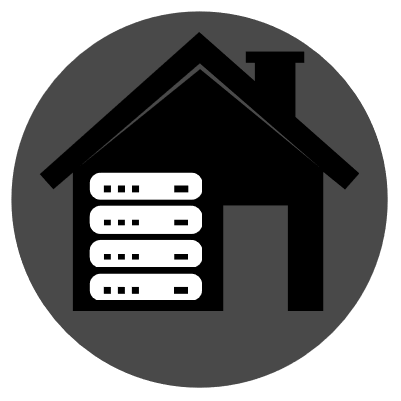

So… you’re afraid of the command that does the thing you’re trying to do?


So… you’re afraid of the command that does the thing you’re trying to do?


FSD option costs $199 per month
Doesn’t matter how well it performs, this guarantees I’d never, ever use it.
Gatorz are tough as hell, and have some of the best polarized optics I’ve ever worn.
They’ll do lens replacements, and can make prescriptions as well.
Careful leaving them on a car dashboard though. They’re aluminum frames and I burned my temples once.


Google the concept of an escrow service.


I’m surprised no one’s mentioned the security implications. Mounting with nosuid and nodev options can undermine rootkit or privileged escalation exploits.




deleted by creator


deleted by creator
Flatpak is itself a file manager.
That duplicate of your folder in /run is due to filesystem links (or more likely a fuse mount, I’ve never actually looked into how flatpak works). But either way, they aren’t copies of the data.


Free tier is super limited and super easy to accidentally break out of. I had a single file in S3, but because my logging settings were wrong, I broke the free tier with junk logs.
The t2 micro ec2 instances are fine, but you need to be very careful about their storage and network egress.
Best use I’ve had for AWS that has managed to stay within the free limits has been Lambda. Managed to convert a couple self hosted discord bots to a few Lambda functions, works great. Plugging it into CloudFormation and tying up CI/CD with CodePipeline and the like were overkill but good learning exp.
I don’t think there’s any ECS free tier, but you can fit a private container repository in the free S3 limits as well.


deleted by creator
Don’t “declutter” manually. Use your package manager.
You’re going to want to look up things like symlinks, hard links, fuse filesystems, and bind mounts among other concepts. Your “whole directory” and other duplicates are artifacts of how the filesystem and process management works, and simply running fsearch or find over them is going to be confusing if you don’t know what you’re looking at.
One Unix concept that carries over to Linux is that everything is a file. Your shared memory space, process data, device driver interfaces, etc, all of it is accessible somewhere in the same virtual filesystem tree as the actual files.
Because of this, there’s very little reason to have the whole filesystem indexed from root. If you’re worried about space usage, you want to work with packages through the package manager. If you’re worried about system integrity, you’ll want package validators.
The above is accurate, and can be considered accurate for any directory below or at well.
Per /run, it’s also mounted in memory, so trying to “declutter” it won’t get you anywhere and things will return on reboot.


Man, I use my switch all the time. But I love little metroidvania and smaller indie and single player games. Any time I see something interesting on steam, I’ll buy it on the switch if available.
I’ve also been using it to replay older stuff. The first red dead, the Arkham trilogy, currently going through Nier: Automata again.
A VPN is (in a generic, high level sense) a proxy. It’s just proxying layer2 frames, vs. layer 4 protocols.
So the answer depends entirely on the traffic and the architecture you’ve built to support it.
I owned a 2019 z900rs. My buddy owns an xsr900. The xsr feels like a modern street bike. The z900rs feels like a classic Kawasaki Z, with a shitload more power and traction control.
Both feel sleepy once the retro novelty wears off. I traded the Z for a street triple.